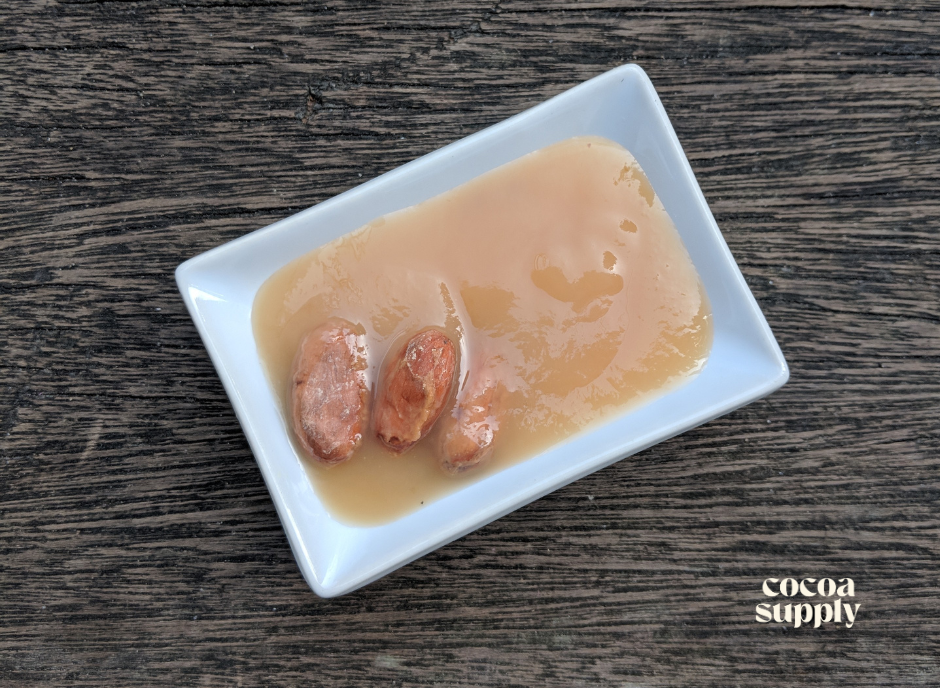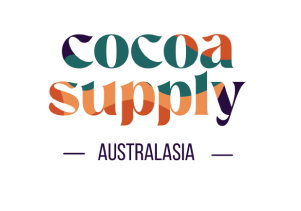Alright, let’s get real for a sec—when people hear “cacao,” they think, “Oh, chocolate, right?” Beans, bars, all that jazz. But, hey, if you grew up in Ecuador (or anywhere cacao pods fall off trees like mangoes), you know there’s a juicier secret: that gooey, white pulp hugging the beans. Honestly, it might be the best part. Locals have been guzzling this sweet, tangy juice forever, especially when the sun’s doing its best to roast you alive. And now, finally, the rest of the world’s catching on. Manufacturers, listen up: if you want something bold, sustainable, and wild with flavor, cacao fruit pulp is screaming your name.
So, What’s This Pulp, Anyway?
Think of cacao pulp as the fruit’s hidden gem. It’s this soft, sticky, almost floral-scented stuff that looks like it came straight out of a tropical fever dream. Sweet? Oh yeah. But also a bit tart, with vibes of lychee, pineapple, and whatever citrus is currently trending on TikTok. Nothing like chocolate, by the way—so don’t expect a Hershey’s moment.
It’s not just a sugar rush, either. The pulp’s loaded with natural sugars, acids, vitamins—you name it. Folks in cacao-growing areas have been pressing it into juice forever, but now you’ll find it in fancy purees and powders, ready to ship anywhere. No more FOMO if you’re not living near the equator.
How Do They Even Get It?
It’s actually pretty simple—when the cacao pods get cracked open, the beans and pulp come out together. Picture a sticky, tropical mess landing in big buckets. The beans go one way (on their road to chocolate stardom), and the pulp gets separated out. Then it’s processed—maybe freeze-dried, maybe pureed—so you can throw it in recipes or just eat it by the spoonful. Not judging.
At CocoaSupply, we keep it clean. Our freeze-dried pulp powder? Just fruit, no weird extras. Same deal with the puree—nothing but the juice. That way, you get all the flavor and none of the shelf-life drama.
Taste Test: The Shock Factor
Here’s the fun part: people think chocolate comes from a bean, but the real flavor bomb is the fruit itself. First time you try cacao pulp, you’ll wonder why we’ve all been obsessed with the seed. It’s like the fruit aisle at a farmers’ market exploded in your mouth—tropical, juicy, with this citrusy zing that wakes up anything you mix it with. Juices, cocktails, kombucha, smoothies, desserts—you name it, the pulp’s ready to crash the party.
And if you wanna get fancy, blend it with cacao products for that “whole fruit” experience. People love a good origin story, especially when it makes them feel like they’re saving the planet.
Sustainability: More Than Just a Buzzword
Let’s be real, sustainability is hot right now, and cacao pulp is the poster child. Using the fruit’s pulp means less waste, more income for farmers, and a nice eco-friendly feather in your company’s cap. Instead of tossing half the fruit, you’re making every bit count. Farmers win, you win, and your customers can feel good about their choices (while sipping on some killer pulp-infused cocktail).
For families in cacao country, every part of that pod means more opportunity. So when you buy cacao pulp, you’re not just getting flavor—you’re backing real people and better farming.
Why Now?
People are bored with the same old flavors. They want something new, something real, and—bonus points—something that doesn’t trash the planet. Cacao pulp nails all three. It’s got that “wait, what IS this?” factor, it’s clean and simple (literally just fruit), and it ticks every sustainability box on the shelf.
CocoaSupply’s Two Cents
We’re kind of obsessed with sharing cacao pulp with the world. Our freeze-dried powder and nectar puree are all about capturing that wild, tropical flavor and making it easy for anyone to use—whether you’re a pro chef or just blending up breakfast.
We work straight with Ecuadorian family farms, so you know you’re getting the real deal, and everyone in the supply chain gets a fair shot. No funny business. Just good fruit, good people, good vibes.
Long story short: cacao fruit pulp isn’t some leftover, it’s the next big thing. It brings flavor, sustainability, and a killer backstory to the table. It’s a fresh start for chocolate, and honestly, a win for everyone—farmers, makers, and the folks just looking for something new to sip on. So yeah, maybe the future of chocolate isn’t all about the bean. Maybe it’s about the fruit that started it all.

